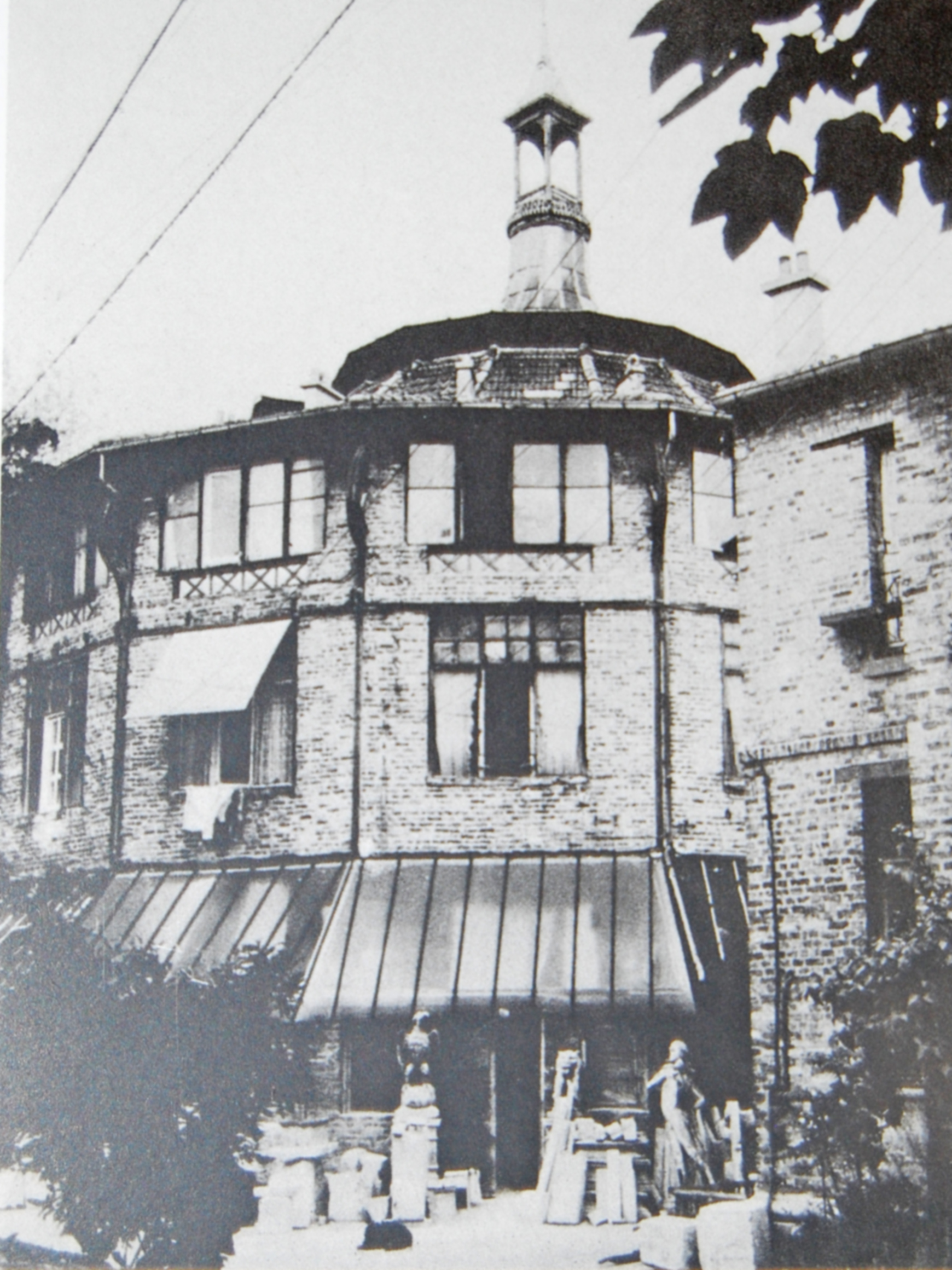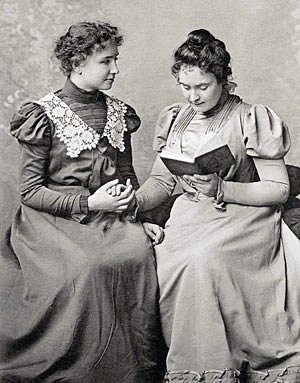|
Jacques Chapiro
Jacques (Ya'akov) Chapiro (1887–1972), a Jewish painter of the School of Paris, was born in Dinaburg, Russian Empire (now Daugavpils, Latvia) and died in Paris in 1972. Biography Being a son of a wood sculptor, he began his artistic education at the early age of ten. In 1915, at the age of 18 he moved to Poland to attend the Kraków academy of fine art and in 1918 he moved to Ukraine to study at the Academy of Fine Arts of Kiev. During the Russian Civil War, while pursuing his studies, he contributed to the revolution efforts by painting posters. In 1921, he studied art in Petrograd, and during this period he worked as a decorator in the Meyerhold Theater. He worked for Stanislavski and Vakhtangov, both notorious in the field of theater. In 1925, he left Russia in favor of Paris, and settled down in Montparnasse. As of 1926, he exhibited his works at the Salon des Indépendants, the Salon des Tuileries among other places. In 1939, he became a refugee, escaping to Carpentras a ... [...More Info...] [...Related Items...] OR: [Wikipedia] [Google] [Baidu] |
School Of Paris
The School of Paris (french: École de Paris) refers to the French and émigré artists who worked in Paris in the first half of the 20th century. The School of Paris was not a single art movement or institution, but refers to the importance of Paris as a center of Western art in the early decades of the 20th century. Between 1900 and 1940 the city drew artists from all over the world and became a centre for artistic activity. ''School of Paris'' was used to describe this loose community, particularly of non-French artists, centered in the cafes, salons and shared workspaces and galleries of Montparnasse. Before World War I the name was also applied to artists involved in the many collaborations and overlapping new art movements, between post-Impressionists and pointillism and Orphism, Fauvism and Cubism. In that period the artistic ferment took place in Montmartre and the well-established art scene there. But Picasso moved away, the war scattered almost everyone, by the 192 ... [...More Info...] [...Related Items...] OR: [Wikipedia] [Google] [Baidu] |
La Ruche (residence)
La Ruche (; "the beehive") was an artist's residence in the Montparnasse district of Paris. It now hosts around fifty artists and stages art exhibitions open to the public. History Located in the Passage Dantzig, in the 15th arrondissement of Paris, La Ruche is an old three-storey circular structure that got its name because it looked more like a large beehive than a dwelling for humans. Originally a temporary building designed by Gustave Eiffel for use as a wine rotunda at the Great Exposition of 1900, the structure was dismantled and re-erected as low-cost studios for artists by Alfred Boucher (1850–1934), a sculptor, who wanted to help young artists by providing them with shared models and an exhibition space open to all residents. As well as to artists, La Ruche became a home to an array of drunks, misfits, drifters and people that just needed a place to stay. At La Ruche the rent was cheap; and no one was evicted for non-payment. When hungry, many would wander over to artis ... [...More Info...] [...Related Items...] OR: [Wikipedia] [Google] [Baidu] |
Jan Matejko Academy Of Fine Arts Alumni
Jan, JaN or JAN may refer to: Acronyms * Jackson, Mississippi (Amtrak station), US, Amtrak station code JAN * Jackson-Evers International Airport, Mississippi, US, IATA code * Jabhat al-Nusra (JaN), a Syrian militant group * Japanese Article Number, a barcode standard compatible with EAN * Japanese Accepted Name, a Japanese nonproprietary drug name * Job Accommodation Network, US, for people with disabilities * '' Joint Army-Navy'', US standards for electronic color codes, etc. * ''Journal of Advanced Nursing'' Personal name * Jan (name), male variant of ''John'', female shortened form of ''Janet'' and ''Janice'' * Jan (Persian name), Persian word meaning 'life', 'soul', 'dear'; also used as a name * Ran (surname), romanized from Mandarin as Jan in Wade–Giles * Ján, Slovak name Other uses * January, as an abbreviation for the first month of the year in the Gregorian calendar * Jan (cards), a term in some card games when a player loses without taking any tricks or scoring a mi ... [...More Info...] [...Related Items...] OR: [Wikipedia] [Google] [Baidu] |
People From Daugavpils
A person ( : people) is a being that has certain capacities or attributes such as reason, morality, consciousness or self-consciousness, and being a part of a culturally established form of social relations such as kinship, ownership of property, or legal responsibility. The defining features of personhood and, consequently, what makes a person count as a person, differ widely among cultures and contexts. In addition to the question of personhood, of what makes a being count as a person to begin with, there are further questions about personal identity and self: both about what makes any particular person that particular person instead of another, and about what makes a person at one time the same person as they were or will be at another time despite any intervening changes. The plural form "people" is often used to refer to an entire nation or ethnic group (as in "a people"), and this was the original meaning of the word; it subsequently acquired its use as a plural form of p ... [...More Info...] [...Related Items...] OR: [Wikipedia] [Google] [Baidu] |
Jewish Painters
Jews ( he, יְהוּדִים, , ) or Jewish people are an ethnoreligious group and nation originating from the Israelites Israelite origins and kingdom: "The first act in the long drama of Jewish history is the age of the Israelites""The people of the Kingdom of Israel and the ethnic and religious group known as the Jewish people that descended from them have been subjected to a number of forced migrations in their history" and Hebrews of historical Israel and Judah. Jewish ethnicity, nationhood, and religion are strongly interrelated, "Historically, the religious and ethnic dimensions of Jewish identity have been closely interwoven. In fact, so closely bound are they, that the traditional Jewish lexicon hardly distinguishes between the two concepts. Jewish religious practice, by definition, was observed exclusively by the Jewish people, and notions of Jewish peoplehood, nation, and community were suffused with faith in the Jewish God, the practice of Jewish (religious ... [...More Info...] [...Related Items...] OR: [Wikipedia] [Google] [Baidu] |
1972 Deaths
Year 197 ( CXCVII) was a common year starting on Saturday (link will display the full calendar) of the Julian calendar. At the time, it was known as the Year of the Consulship of Magius and Rufinus (or, less frequently, year 950 '' Ab urbe condita''). The denomination 197 for this year has been used since the early medieval period, when the Anno Domini calendar era became the prevalent method in Europe for naming years. Events By place Roman Empire * February 19 – Battle of Lugdunum: Emperor Septimius Severus defeats the self-proclaimed emperor Clodius Albinus at Lugdunum (modern Lyon). Albinus commits suicide; legionaries sack the town. * Septimius Severus returns to Rome and has about 30 of Albinus's supporters in the Senate executed. After his victory he declares himself the adopted son of the late Marcus Aurelius. * Septimius Severus forms new naval units, manning all the triremes in Italy with heavily armed troops for war in the East. His soldiers ... [...More Info...] [...Related Items...] OR: [Wikipedia] [Google] [Baidu] |
1887 Births
Events January–March * January 11 – Louis Pasteur's anti- rabies treatment is defended in the Académie Nationale de Médecine, by Dr. Joseph Grancher. * January 20 ** The United States Senate allows the Navy to lease Pearl Harbor as a naval base. ** British emigrant ship '' Kapunda'' sinks after a collision off the coast of Brazil, killing 303 with only 16 survivors. * January 21 ** The Amateur Athletic Union (AAU) is formed in the United States. ** Brisbane receives a one-day rainfall of (a record for any Australian capital city). * January 24 – Battle of Dogali: Abyssinian troops defeat the Italians. * January 28 ** In a snowstorm at Fort Keogh, Montana, the largest snowflakes on record are reported. They are wide and thick. ** Construction work begins on the foundations of the Eiffel Tower in Paris, France. * February 2 – The first Groundhog Day is observed in Punxsutawney, Pennsylvania. * February 4 – The Interstate Commerce A ... [...More Info...] [...Related Items...] OR: [Wikipedia] [Google] [Baidu] |
Fauvist
Fauvism /ˈfoʊvɪzm̩/ is the style of ''les Fauves'' (French for "the wild beasts"), a group of early 20th-century modern artists whose works emphasized painterly qualities and strong colour over the representational or realistic values retained by Impressionism. While Fauvism as a style began around 1904 and continued beyond 1910, the movement as such lasted only a few years, 1905–1908, and had three exhibitions.John Elderfield, The ''"Wild Beasts" Fauvism and Its Affinities,'' 1976, Museum of Modern Art, p.13, The leaders of the movement were André Derain, Maurice de Vlaminck, and Henri Matisse. Artists and style Besides Matisse and Derain, other artists included Robert Deborne, Albert Marquet, Charles Camoin, Louis Valtat, Jean Puy, Maurice de Vlaminck, Henri Manguin, Raoul Dufy, Othon Friesz, Georges Rouault, Jean Metzinger, Kees van Dongen and Georges Braque (subsequently Picasso's partner in Cubism). The paintings of the Fauves were characterized by seemingl ... [...More Info...] [...Related Items...] OR: [Wikipedia] [Google] [Baidu] |
Impressionist
Impressionism was a 19th-century art movement characterized by relatively small, thin, yet visible brush strokes, open composition, emphasis on accurate depiction of light in its changing qualities (often accentuating the effects of the passage of time), ordinary subject matter, unusual visual angles, and inclusion of movement as a crucial element of human perception and experience. Impressionism originated with a group of Paris-based artists whose independent exhibitions brought them to prominence during the 1870s and 1880s. The Impressionists faced harsh opposition from the conventional art community in France. The name of the style derives from the title of a Claude Monet work, ''Impression, soleil levant'' ('' Impression, Sunrise''), which provoked the critic Louis Leroy to coin the term in a satirical review published in the Parisian newspaper '' Le Charivari''. The development of Impressionism in the visual arts was soon followed by analogous styles in other media that b ... [...More Info...] [...Related Items...] OR: [Wikipedia] [Google] [Baidu] |


_1938.jpg)


